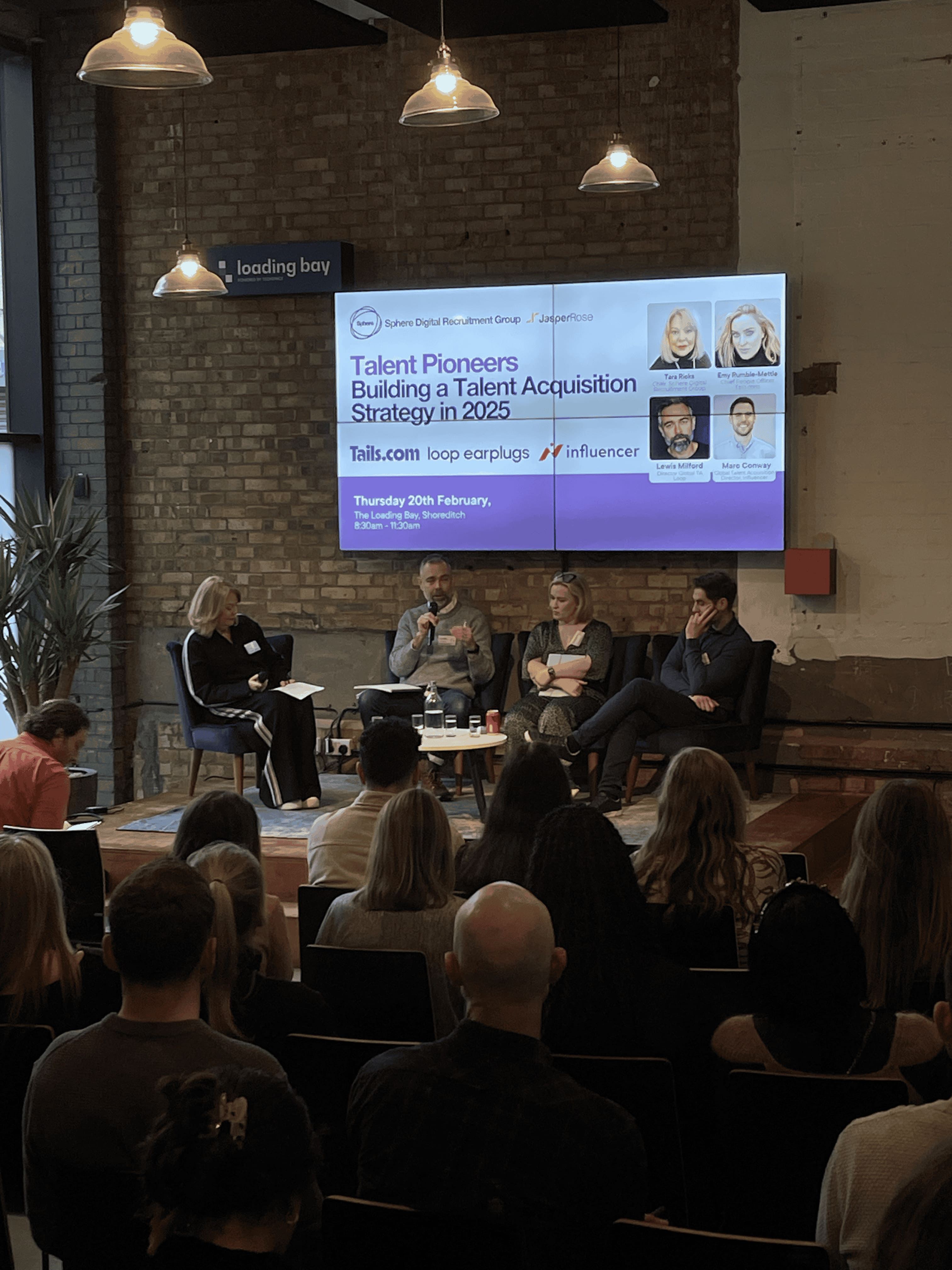
Harnessing Attention Metrics for a More Effective Ad Strategy
20 Mar, 20235 MinutesIn the ever-evolving world of digital advertising, attention metrics have emerged as the new...

In the ever-evolving world of digital advertising, attention metrics have emerged as the new front-runner for measuring ad success. Mike Follett, Founder and Managing Director of Lumen Research, a leading attention technology company, explains why selective attention is crucial for advertisers and how it is changing the industry's perspective on ad performance.
In a recent episode of the Life in Digital Podcast, Follett shared his insights on the importance of understanding selective attention in advertising. He explained that humans have a unique superpower - the ability to ignore what's staring them in the face. This selectivity plays a significant role in how ads are perceived and, ultimately, their success.
Follett noted, "One of the things that we've found is that people are very good at ignoring stuff. Humans have this amazing superpower, which is simply to ignore what's staring them in the face." This insight highlights the importance of capturing the attention of the audience amidst the clutter of digital advertising.
The advertising industry has long assumed that if an ad is on screen or placed strategically, it will be noticed by the viewer. However, Follett's research reveals that this is not always the case. He states, "Not everything that's viewable gets viewed, and the things that do get viewed, that's when advertising works."
This shift in thinking is beginning to gain traction in the advertising world. Instead of focusing on the number of impressions bought, advertisers are now concentrating on the impression made. Follett emphasizes, "What really matters is how many ads actually get looked at, and if they get looked at, how long they get looked at."
By understanding the selectivity of attention and leveraging eye-tracking technology, advertisers can optimize their campaigns and increase the likelihood of their ads being noticed. Follett shares, "We can take the data from our studies and create predictive models of attention that can be used inside DSPs as custom algorithms or post-bid with our own versions of viewability tags."
This new approach to measuring ad success holds immense potential for advertisers, who can make data-driven decisions based on attention metrics. As the industry shifts its focus from merely counting impressions to truly capturing attention, the future of digital advertising looks bright.
In conclusion, selective attention is an essential aspect of advertising success. By understanding and embracing the power of attention metrics, advertisers can optimize their campaigns and make a lasting impression on their target audience. As Follett aptly puts it, "Instead of counting the impressions that you are buying, what you should really concentrate on is thinking about the impression that you make."
While attention metrics have paved the way for more effective advertising, they also present advertisers and brands with opportunities for cost savings and better returns on investment. Mike Follett, the founder of Lumen, discusses how attention metrics can help advertisers differentiate between quality content and subpar alternatives, ultimately benefiting both advertisers and publishers.
During the Life in Digital Podcast, Follett spoke about how attention metrics can create a win-win situation for advertisers and quality publishers. He explained:
"The more engaged you are with the video or the newspaper, an article or the recipe or whatever it is, the more attention you give to the content. The more attention you give to the ads."
Advertisers, who are often bombarded with information about viewability and brand safety, are increasingly interested in attention metrics. Follett highlights how quality publishers, such as The New York Times, Wall Street Journal, and even Facebook and TikTok, benefit from this data-driven approach: "Our data is really helpful in helping differentiate between the good stuff and the bad stuff."

This differentiation allows advertisers to be more discerning when choosing where to place their ads, ultimately leading to better ad performance and a willingness to pay a higher cost per thousand (CPM) for quality content placements. In turn, this drives up the value of ad inventory for reputable publishers.
Follett elaborates, "CPMs for ads that run next to good content go up, and people are quite happy to pay that because that's good stuff." The losers in this scenario, according to Follett, are "the clickbait farms and the aggregators and the people who aren't really adding any value anyway."
So, how can attention metrics help advertisers save money? Follett explains that there are different ways to approach cost savings, and it often depends on the client's goals. Some clients approach Lumen with a specific budget and a desire to achieve the same level of attention for less money.
By leveraging attention metrics, advertisers can optimize their campaigns, ensuring that their ad placements are more likely to be viewed and engaged with by their target audience. In turn, this leads to better performance and reduced overall costs.
By focusing on quality content and leveraging attention metrics, advertisers can save money and create more engaging, successful campaigns. As Follett puts it:
"It's a win for the good guys, and the only people who lose are probably the people you want to lose anyway."

Another way attention metrics can benefit advertisers is by making more money through focusing on higher quality placements and ad formats. By optimizing ad placements and formats, advertisers can drive more sales and maximize their budgets. In some cases, this approach can even result in reduced budgets while increasing the overall impact. Follett mentioned a case study where a client was able to reduce their ad spend by 20% but increase the attention by 22%, creating a 42% difference in overall results.
Interestingly, attention metrics can also help reduce the carbon footprint of the advertising industry. Follett explained that when multiple ads are firing simultaneously on the same screen, not only does attention per ad decrease, but carbon emissions increase as well. By working with companies like Scope 3, Lumen has been able to combine attention predictions with carbon cost predictions, creating a "carbon cost of attention" metric.
Reducing ad clutter and investing in low-carbon, high-attention inventory is beneficial for advertisers, users, and the planet. Advertisers get more attention for their ads, users have better experiences on websites, and less energy is consumed by advertising, leading to reduced carbon emissions.
Looking ahead, Lumen aims to focus on two key areas. Firstly, the company wants to apply its machine learning techniques to the creative side of advertising, helping brands and agencies understand the impact of ad creatives on attention. Secondly, Lumen plans to extend its attention measurement to other forms of digital media, such as in-game advertising. This expansion into gaming presents new opportunities for advertisers to reach audiences through platforms like Twitch and in-game ads on platforms like Anzu, Frame Play, and Bids Stack.
Overall, the future of Lumen and attention metrics looks bright. By focusing on quality content, optimizing ad placements, and reducing carbon emissions, attention metrics offer a promising path forward for the advertising industry.



